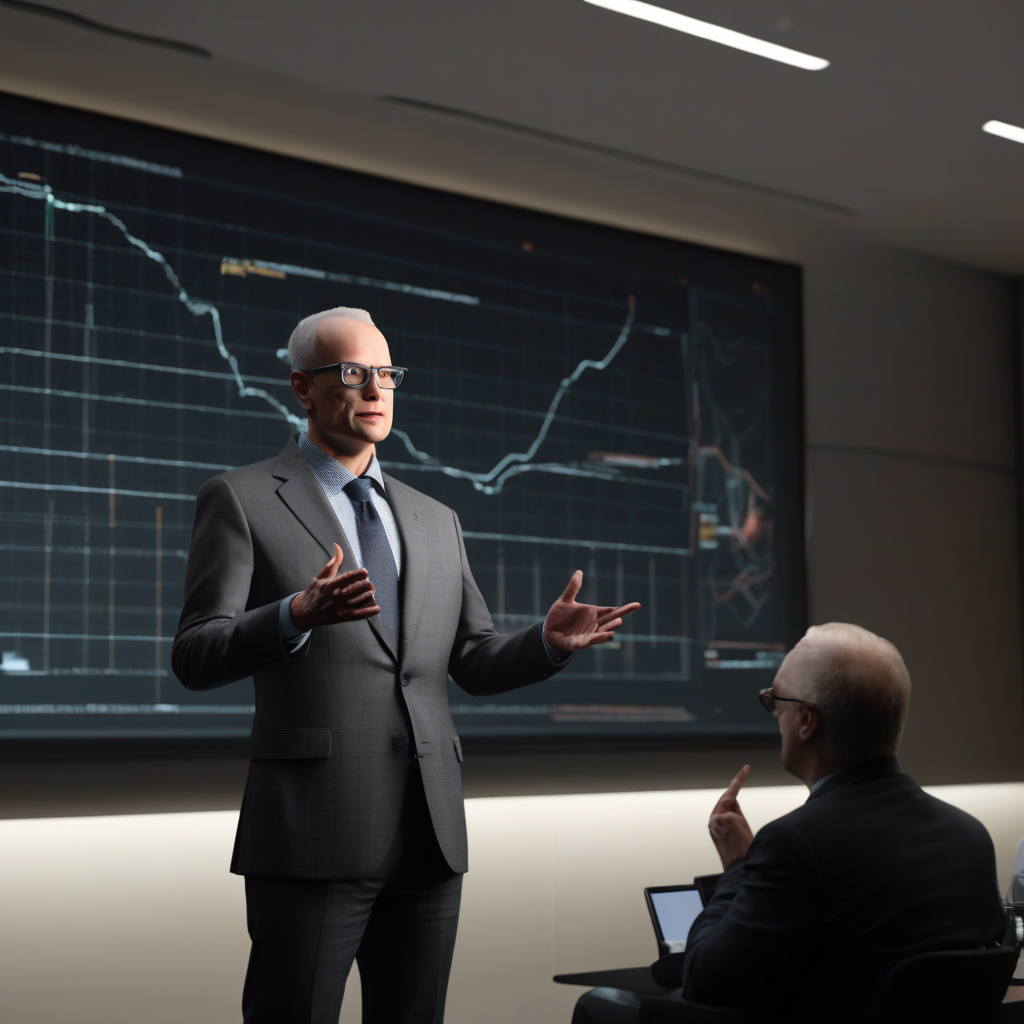Is the Humanoid Robot Bubble Bound to Burst?
In the realm of robotics, the allure of humanoid robots has long captivated our imaginations. From science fiction to real-world applications, the idea of machines that mimic human form and behavior has been a driving force behind technological advancements. However, renowned roboticist Rodney Brooks, co-founder of iRobot and a veteran of MIT, has raised a cautionary flag. In a recent essay, Brooks expressed profound skepticism about the current trajectory of humanoid robotics, particularly criticizing approaches that seek to teach robots dexterity by simply showing them videos of humans performing tasks.
Brooks’ skepticism is targeted at companies like Tesla and Figure that are fervently pursuing the goal of imbuing robots with human-like dexterity through observational learning. This method involves exposing robots to videos of human actions, expecting them to learn and replicate these behaviors effectively. However, Brooks dismisses this approach as “pure fantasy thinking,” casting doubt on its feasibility and efficacy in achieving true dexterity in robots.
The core of Brooks’ argument lies in the complexity and nuanced nature of human dexterity, which cannot be easily transferred to robots through passive observation alone. Human dexterity is a result of intricate neural networks, sensory feedback mechanisms, and years of evolution, all working seamlessly to achieve fluid and adaptive movements. Simply exposing robots to videos of human actions overlooks the intricate biological and cognitive underpinnings that enable human dexterity.
Moreover, Brooks emphasizes the importance of embodied intelligence in robotics, highlighting the critical role of physical interaction with the environment in developing true dexterity. Humanoids that solely rely on passive observation lack the embodied experience that is essential for refining motor skills and adapting to unforeseen challenges in real-world scenarios. Without this embodied interaction, robots are likely to fall short in achieving the level of dexterity and adaptability necessary for complex tasks.
While the allure of humanoid robots that mirror human capabilities is undeniable, Brooks’ insights serve as a stark reminder of the inherent challenges and limitations in this pursuit. Rather than banking on superficial methods of teaching dexterity, the future of robotics may hinge on a deeper understanding of embodied intelligence and the integration of physical experiences into robotic learning processes.
As professionals in the IT and development sphere, it is imperative to heed Brooks’ cautionary words and reassess our approaches to humanoid robotics. By acknowledging the complexities of human dexterity and the need for embodied intelligence, we can steer clear of the pitfalls of “pure fantasy thinking” and pave the way for more robust and realistic advancements in robotics.
In conclusion, while the allure of humanoid robots is compelling, Rodney Brooks’ skepticism serves as a valuable reality check for the industry. By recognizing the challenges inherent in teaching robots human-like dexterity and embracing a more nuanced approach that prioritizes embodied intelligence, we can chart a more sustainable and promising course for the future of robotics.

